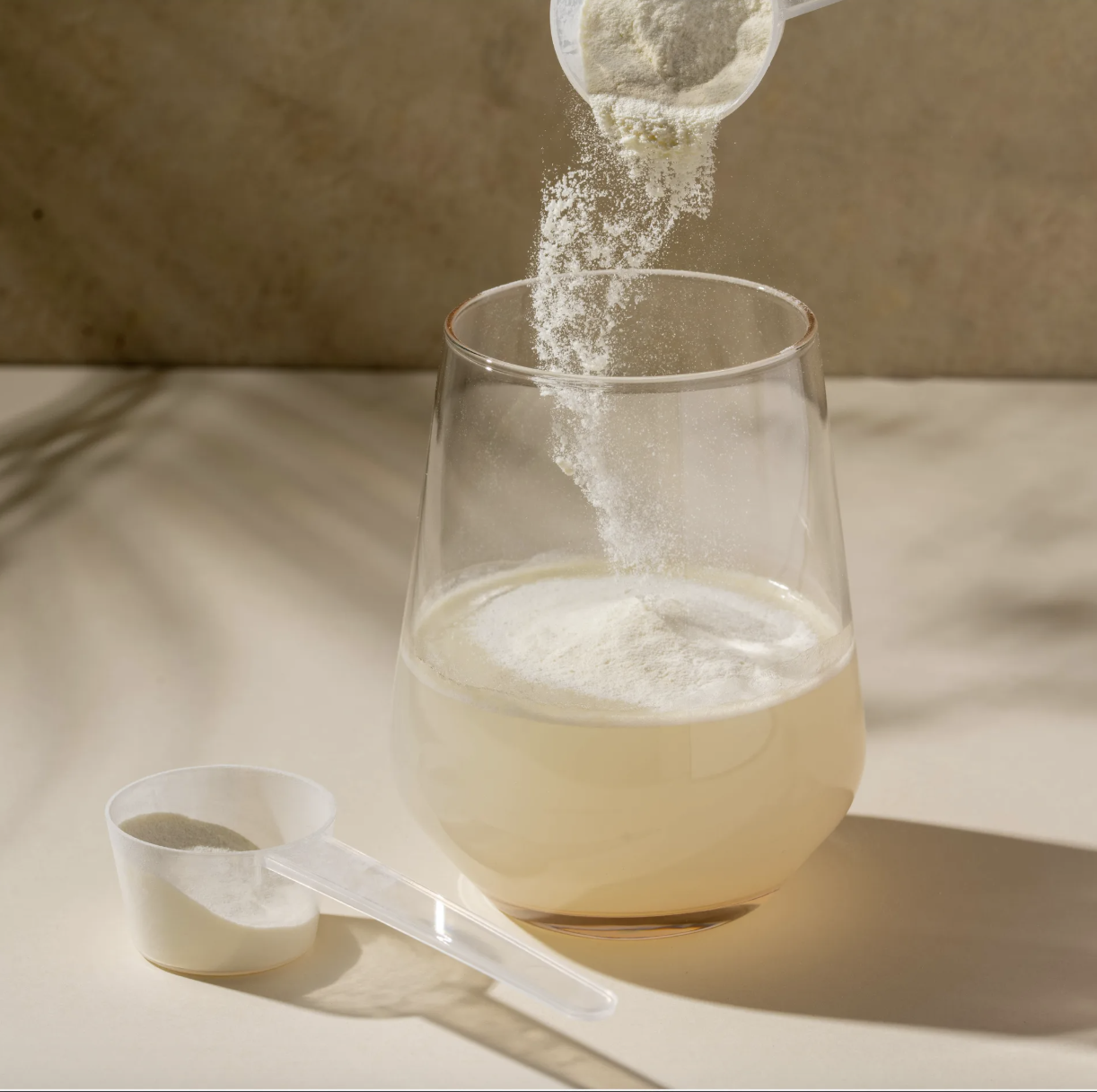Nutrition Advice
Do Essential Amino Acids Actually Help With Muscle Recovery?
You’ve seen essential amino acids touted as the secret to faster recovery and stronger muscles — but do they actually work? Here’s what science says.

Imagine you hit the gym and feel sore the next day. Really sore. One day passes, then two, but a week later, you’re still stiff. So, you Google “muscle recovery,” searching for something that’ll help you bounce back.
That’s when you stumble on essential amino acid powders (EAA). These supplements promise to speed up recovery, reduce soreness, and support muscle growth. But before you impulse-buy, you wonder: “Does this stuff actually work?”
Let’s find out.
First, What Exactly Are Essential Amino Acids?
Amino acids help build muscle proteins, hormones, collagen, and more. Out of the 20 different amino acids you use, your body can only create 11. The other 9 have to come from foods or supplements.
- Zoom In: That’s why they’re called “essential” amino acids. Not because they’re more important, but because you must get them elsewhere.
How Do They Work?
After you exercise, your muscle fibers develop tiny tears that need repair. Essential amino acids get involved in two ways. They:
- Provide the raw materials for rebuilding.
- Signal to your body to start the repair process (known as muscle protein synthesis).
But Are They Effective For Muscle Growth and Recovery?
The research points to yes:
- A 2009 study gave older women EAAs and found gains in lean body mass (though their strength didn’t improve). A 2018 study found that people who combined EAAs with exercise got stronger (but didn’t gain muscle mass).
- Last year, research found that a group taking EEAs improved their ability to perform push-ups and dips, ran faster in 1.5-mile times by day three, and reported less muscle soreness overall.
The research isn’t perfect, and sometimes you get mixed results. Still, the overall trend suggests real benefits for boosting muscle function.
Does The Timing Of When You Take EEAs Matter?
Sort of. While one study found that taking amino acids before training delivered about 2.6X more to your muscles, follow-up research found similar benefits whether you take them before, during, or after exercise.
I wouldn’t stress about timing. What matters more is:
- Keeping up with your total daily protein.
- Getting EEAs somewhere in your exercise window.
- Consistency. (One trial found that taking EEAs for 4 days after exercise reduced muscle soreness and damage.)
“Are BCAAs Basically The Same Thing?”
BCAAs (branch-chained amino acids) are marketed as cheaper, easier on the stomach, and packed with leucine, known as the “muscle protein synthesis trigger.”
But I’d steer you away from BCAA powders. They contain only 3 of the 9 essential amino acids. And while BCAAs can stimulate muscle building, having all 9 EEAs is more effective.
The Cons of EEAs:
EEAs can be expensive and cause digestive issues. And since it’s a supplement, quality varies. Look for third-party testing and clear labels showing each amino acid (especially leucine).
If that info is missing? Find another brand.
Also, EEAs aren’t for people with kidney issues. If that’s you, be sure to chat with your clinician and a renal dietitian first. The 2024 KDIGO guideline advises limits (and that includes for non-dialysis patients!).
Want to Start Taking EEAs?
Before you scoop away, remember supplements are tools (not the foundation). The two pillars that matter most are total daily protein and strength training.
- Protein Math: Aim for 1.2-1.6 g of protein per kilogram of body weight per day, spaced across 3 meals (that usually works out to 90-100 g of protein). Each meal should deliver 25-35 g of protein.
If there’s a meal that doesn’t reach that range, or you want a lighter option, EEAs can fill the gap. A practical dose is 6-10 g EEAs with at least 2 g of leucine.
Prefer to chew your EAAs? That works. Solid sources are chicken, turkey, eggs, tofu, beans, and lentils.
My bias is always the same. Pick the simplest plan you will actually do, build the habit, and let your strength and energy be the evidence that it’s working. Whether that includes EEAs or not is up to you.


